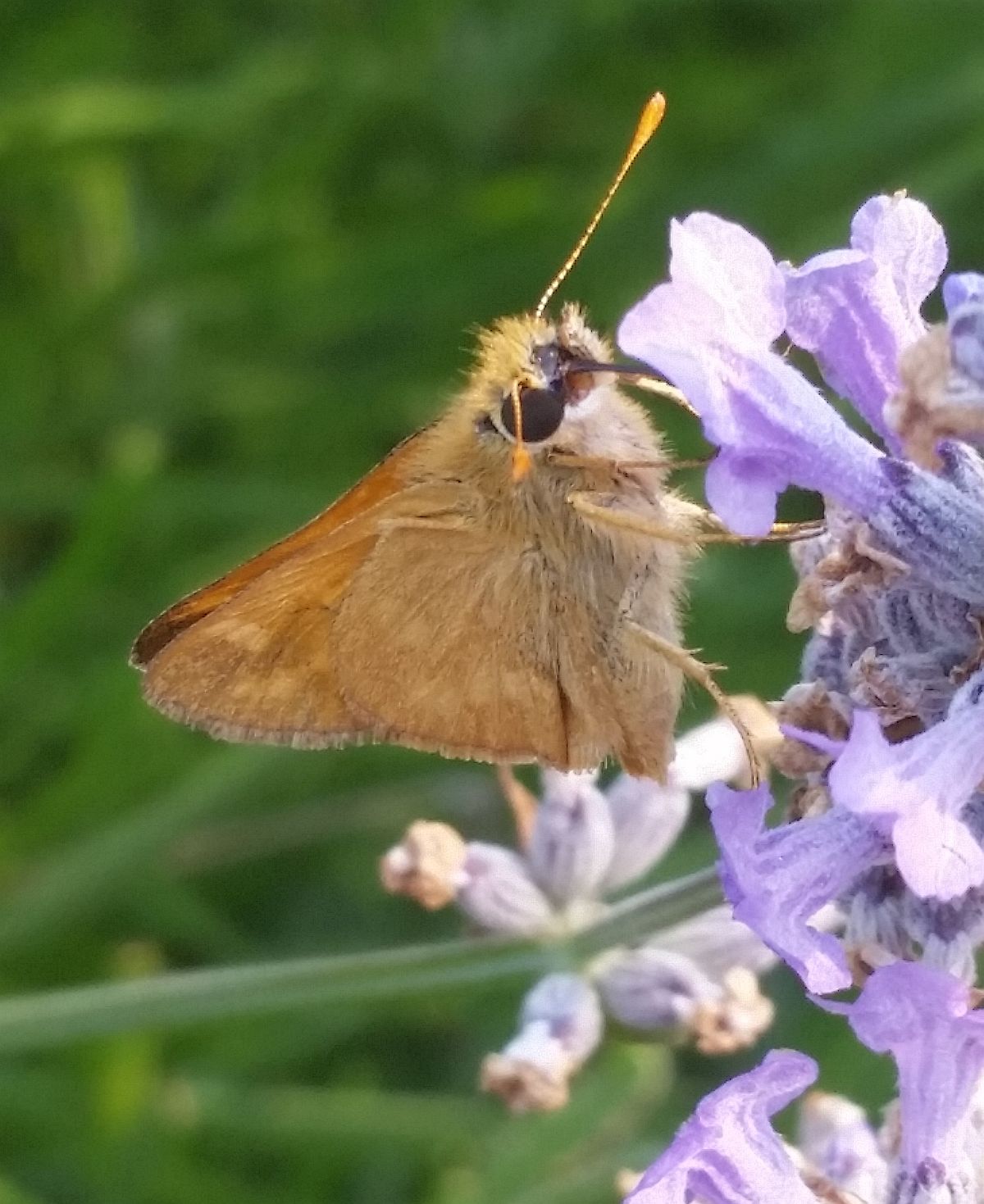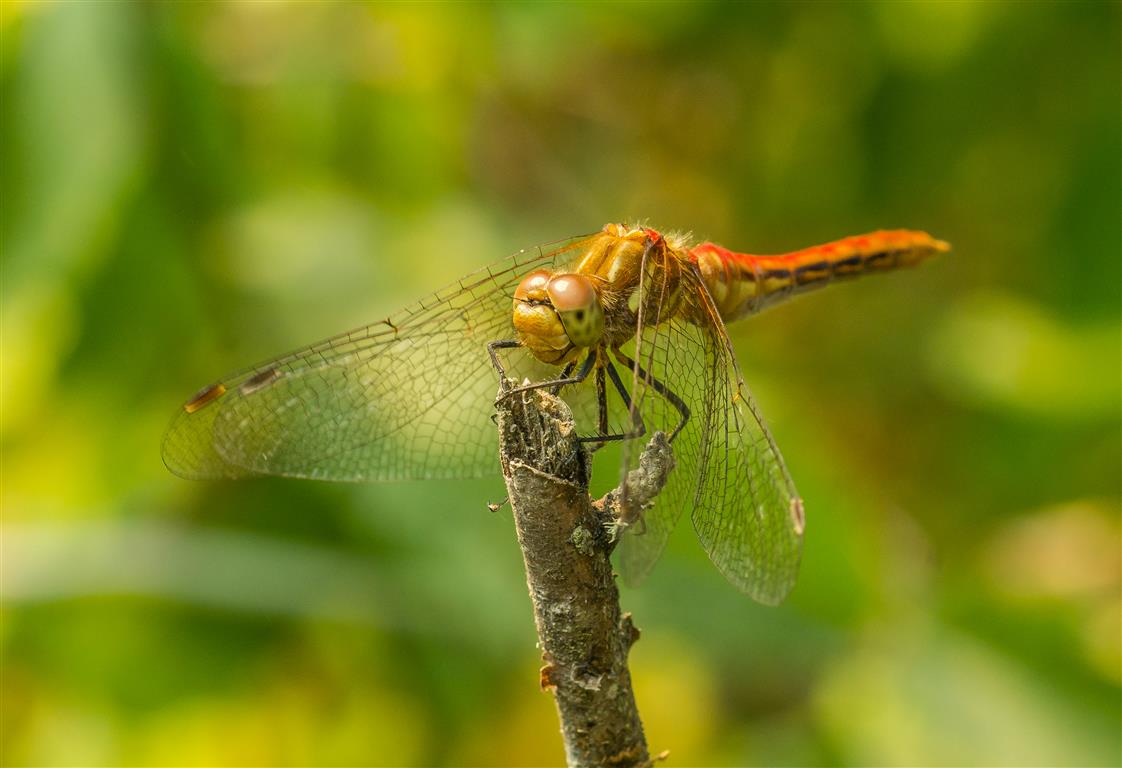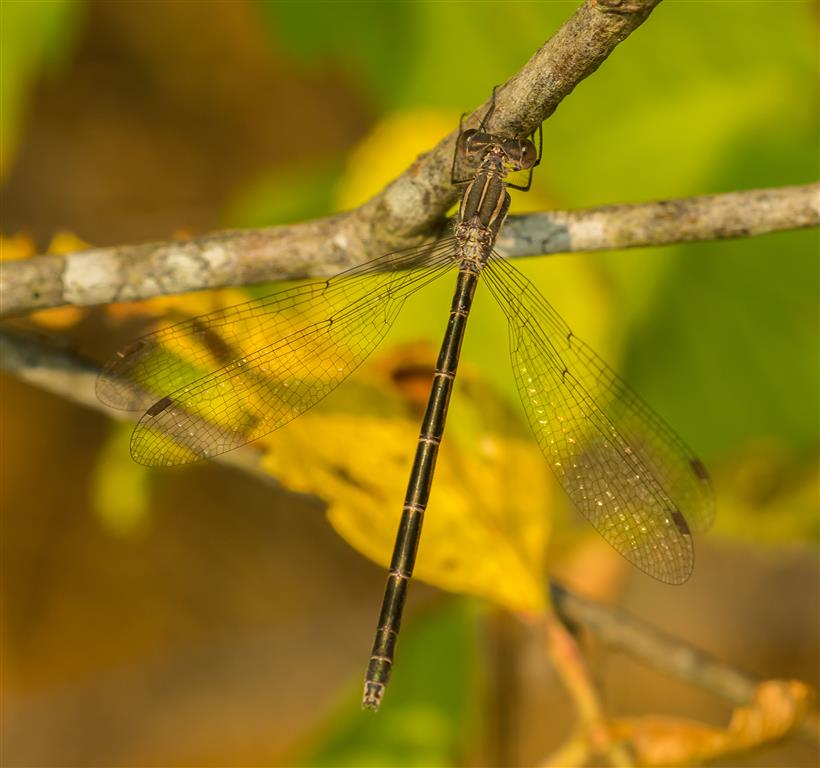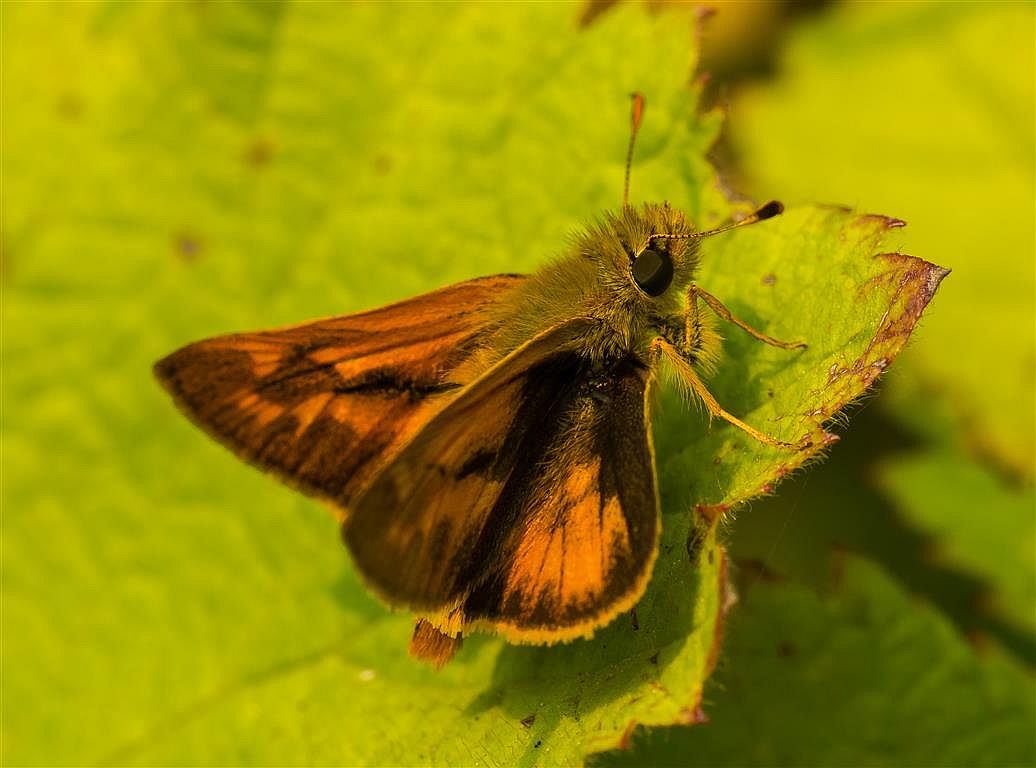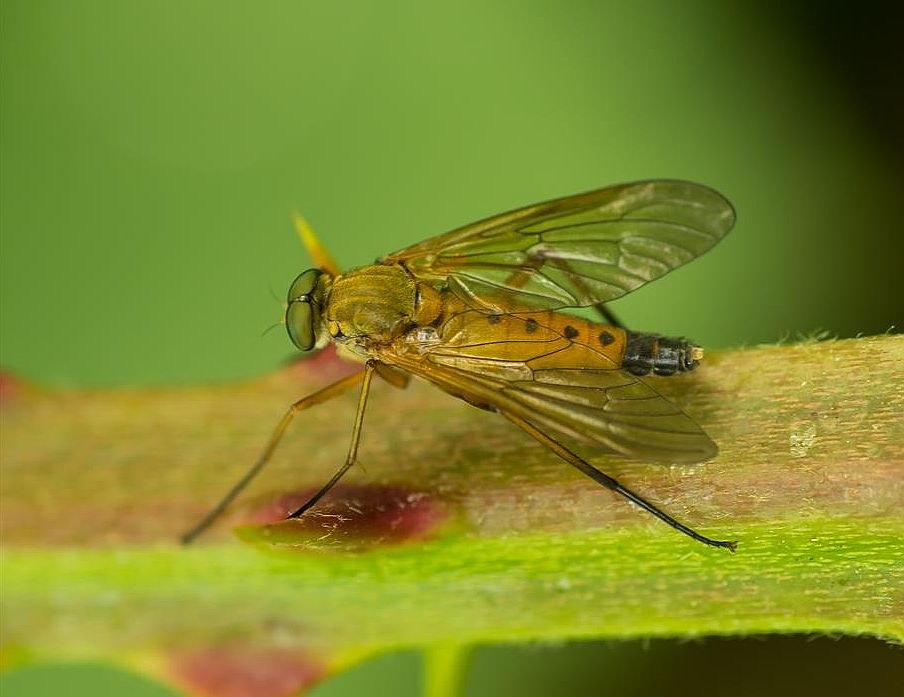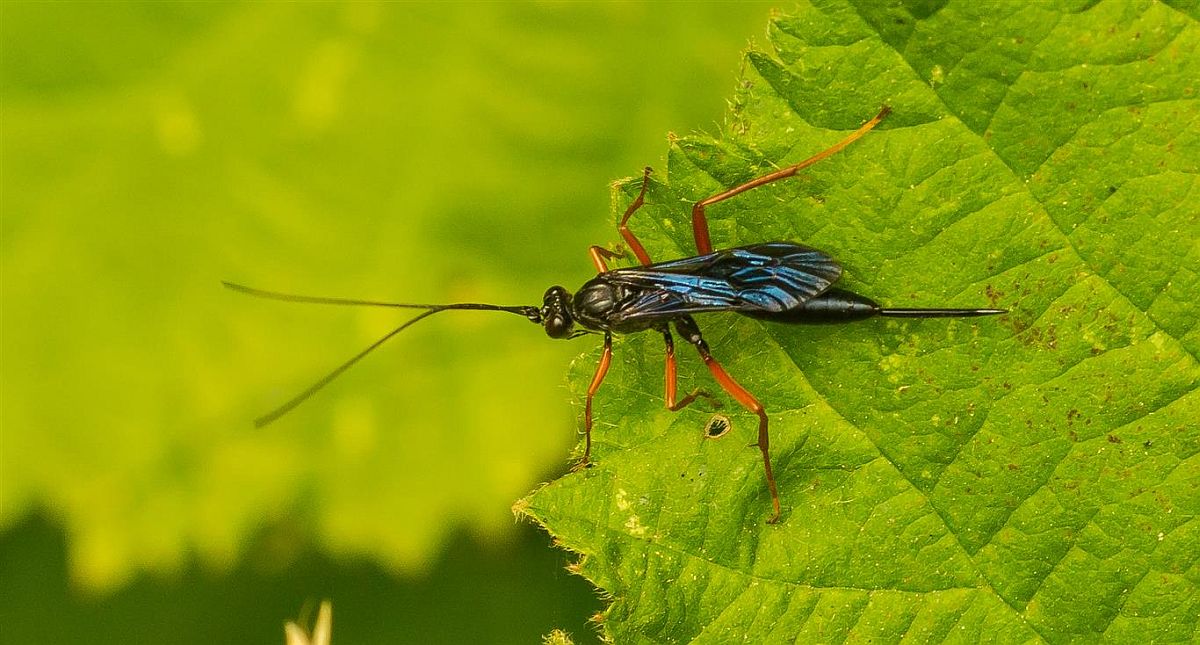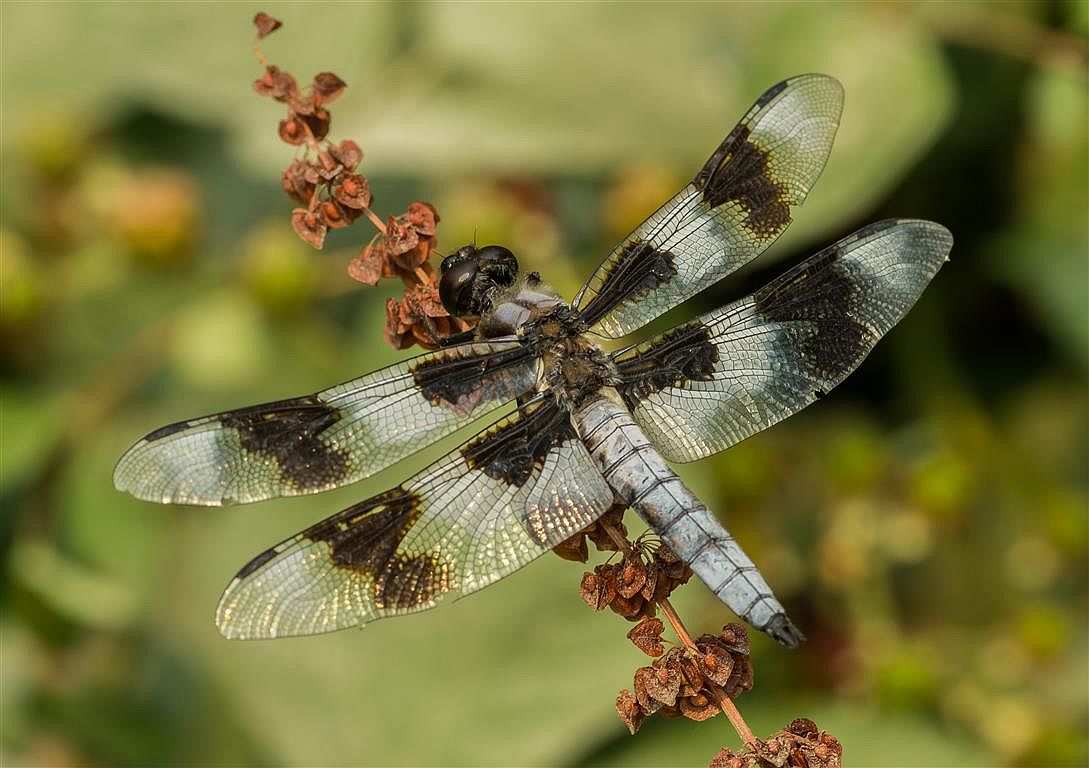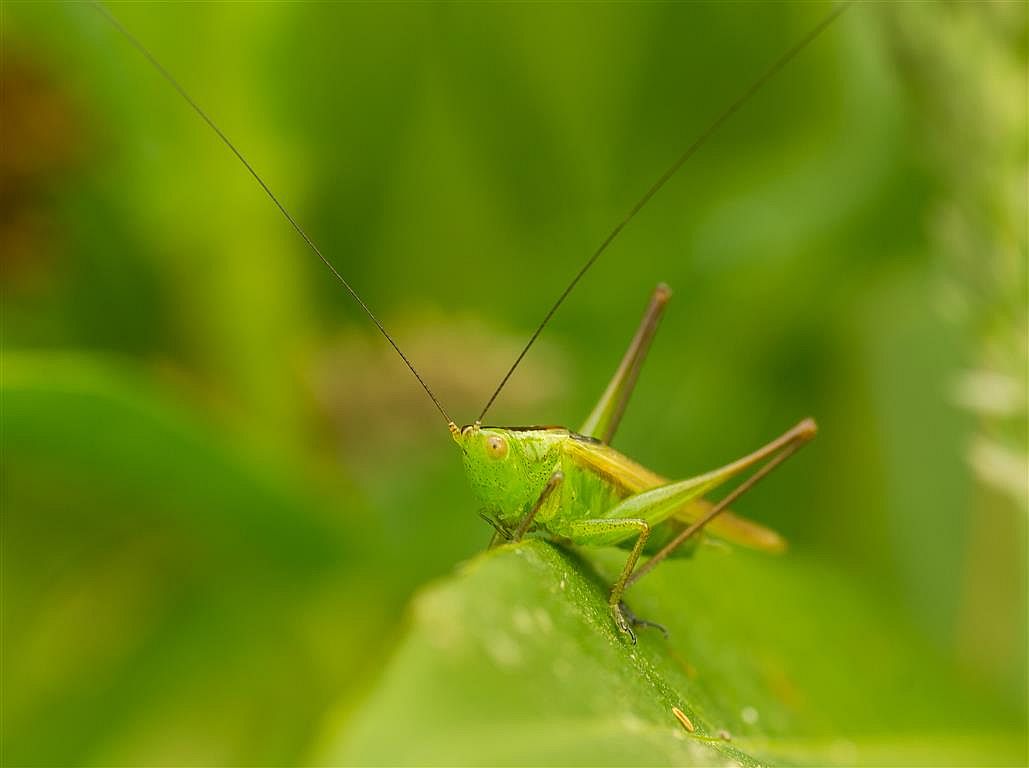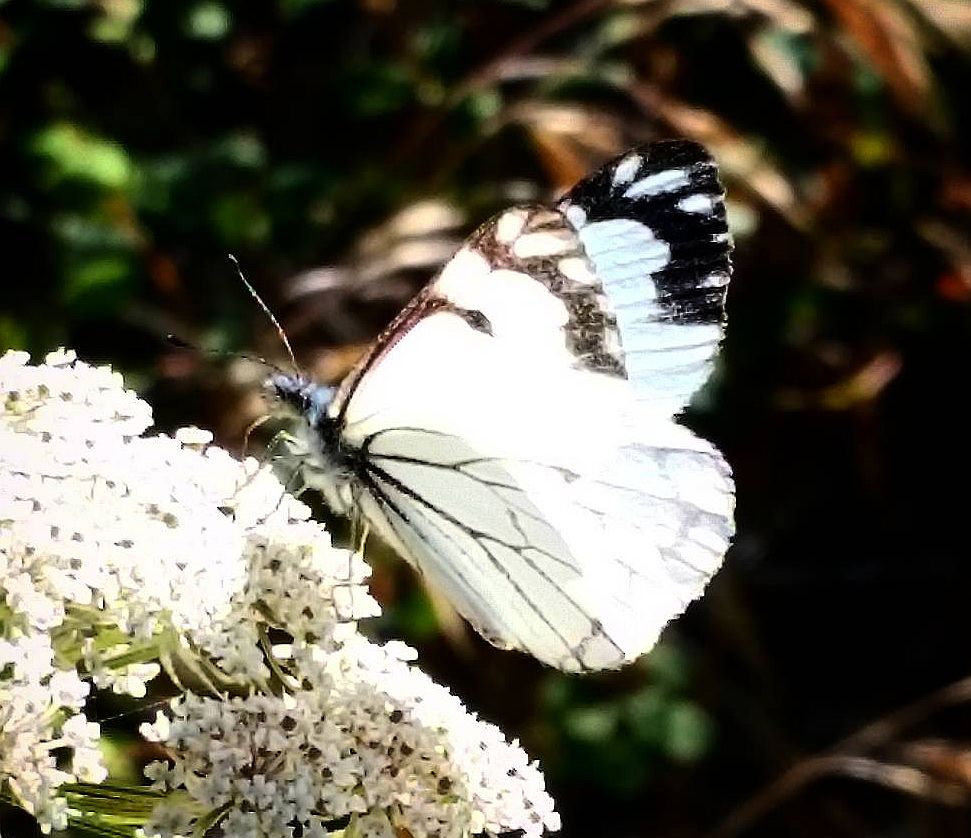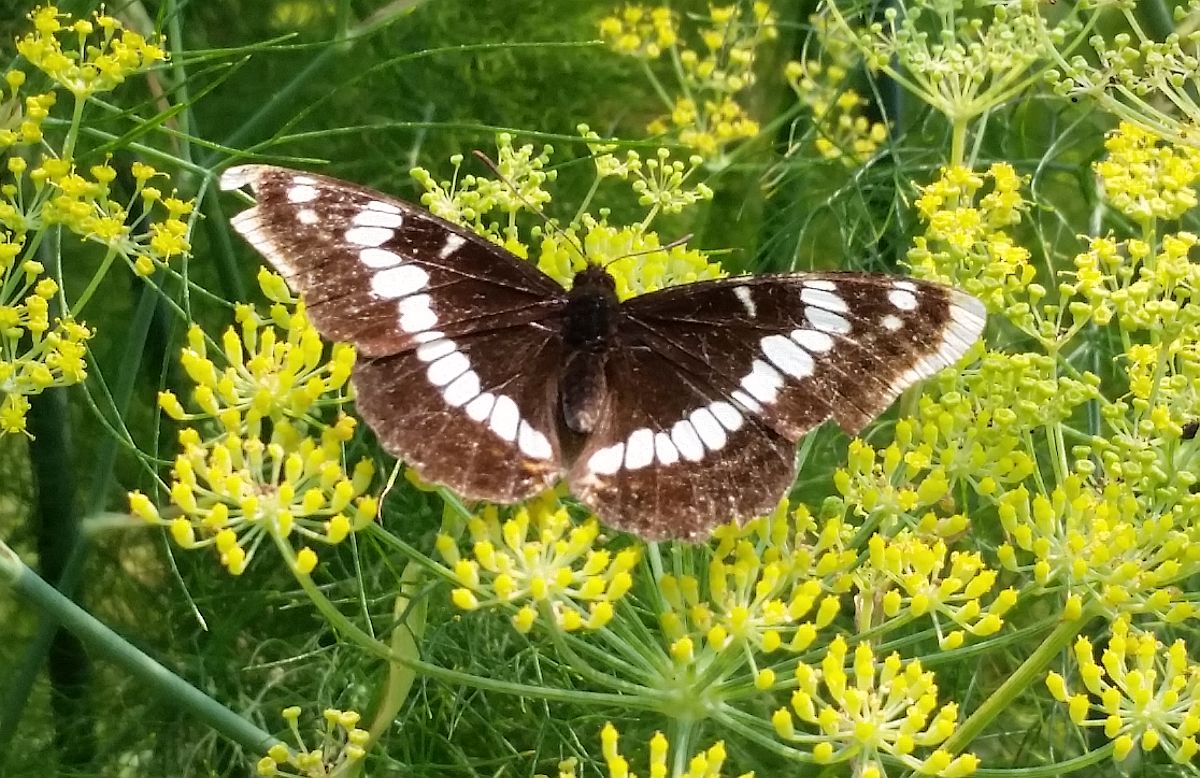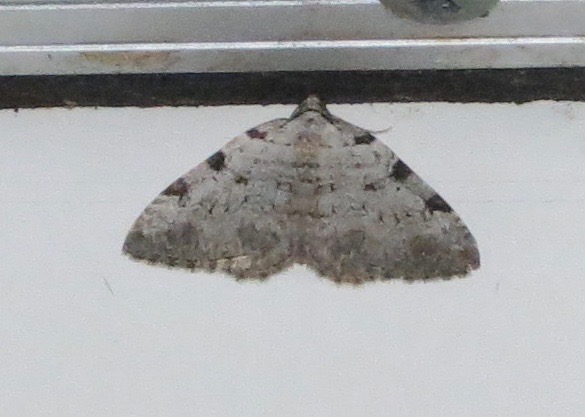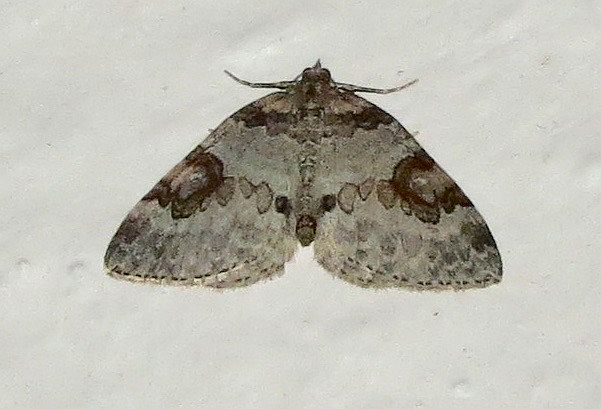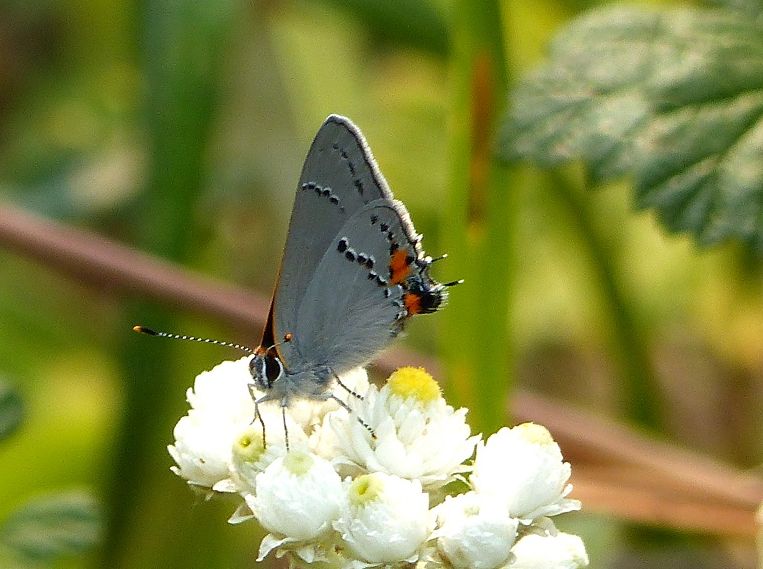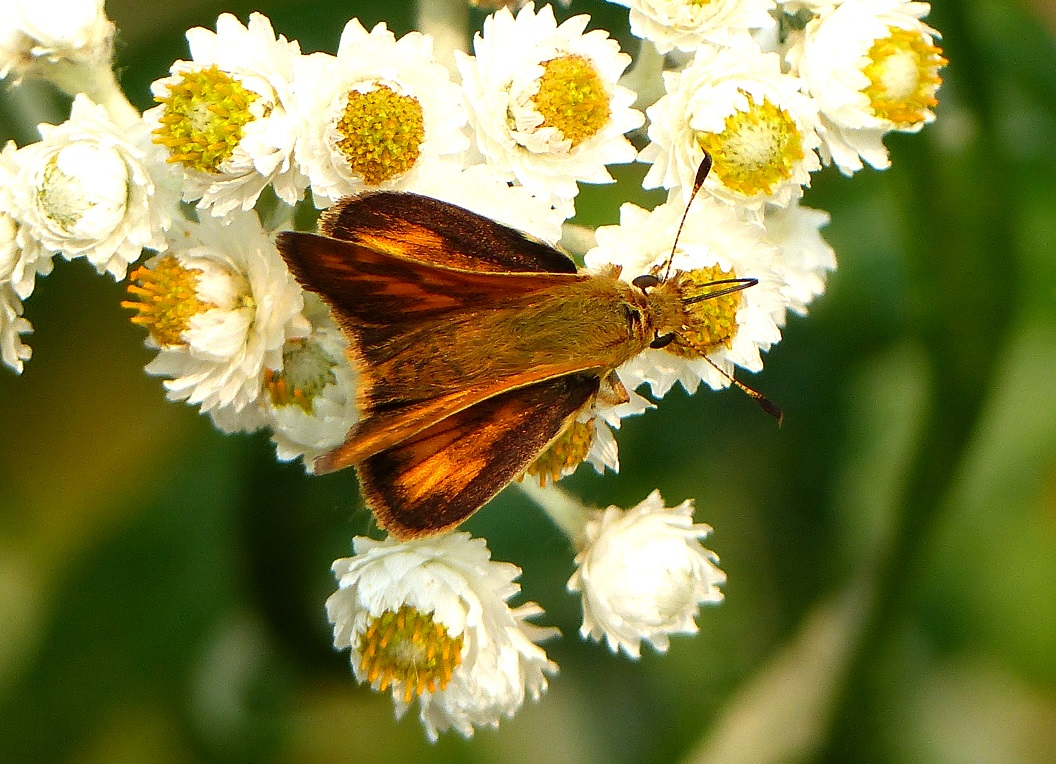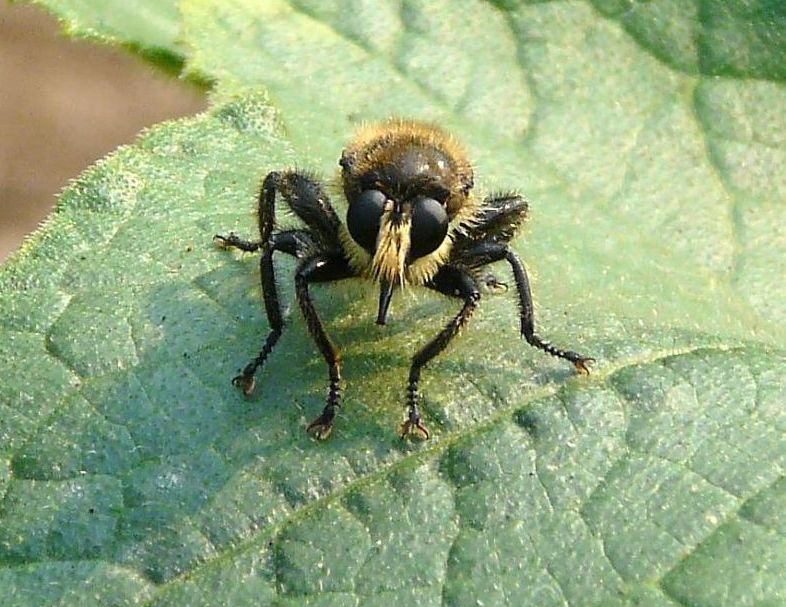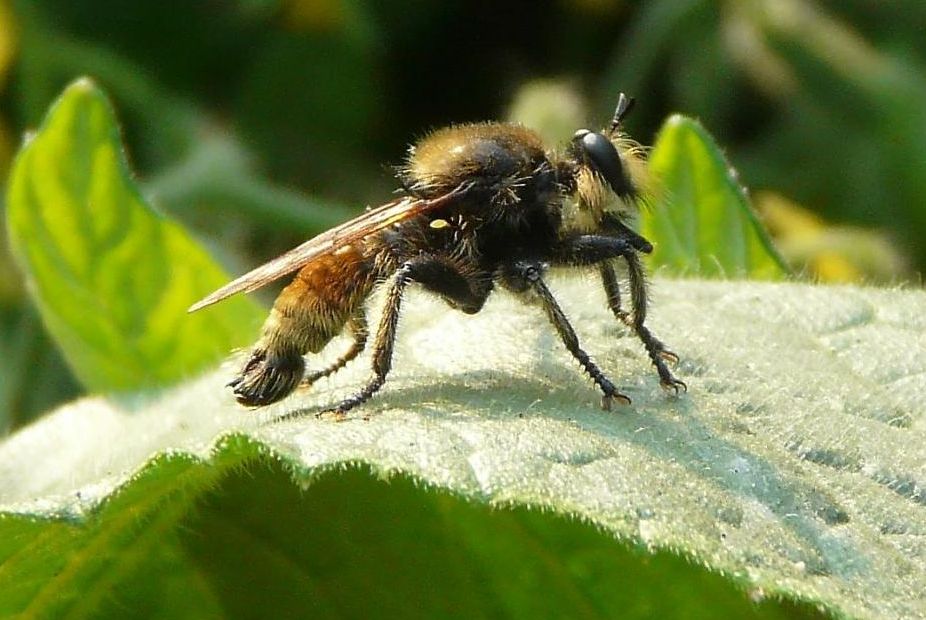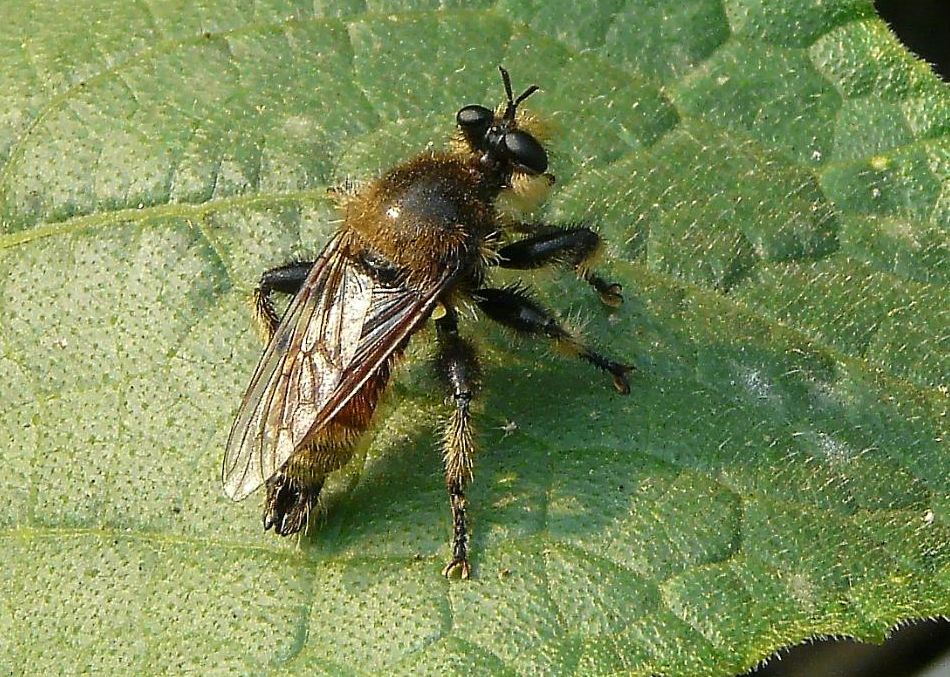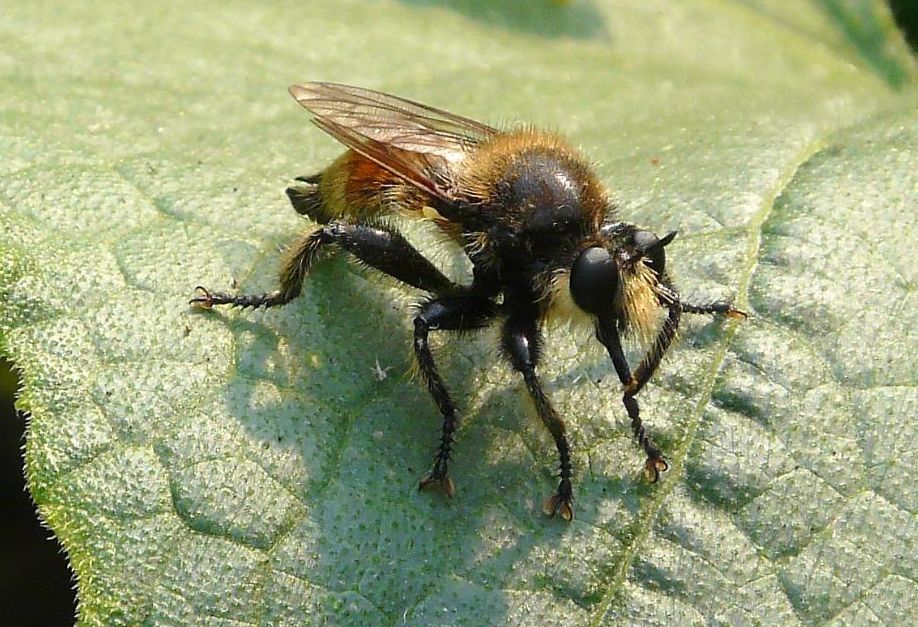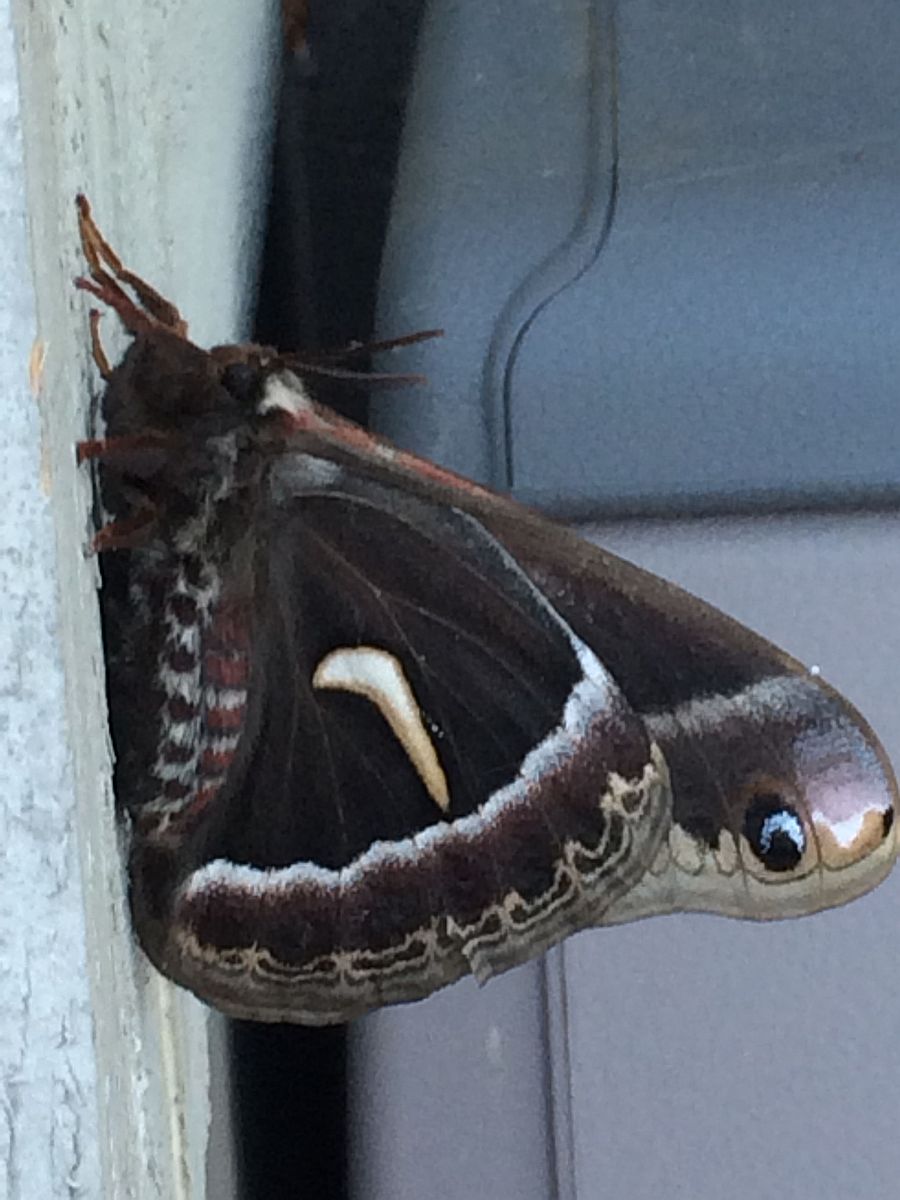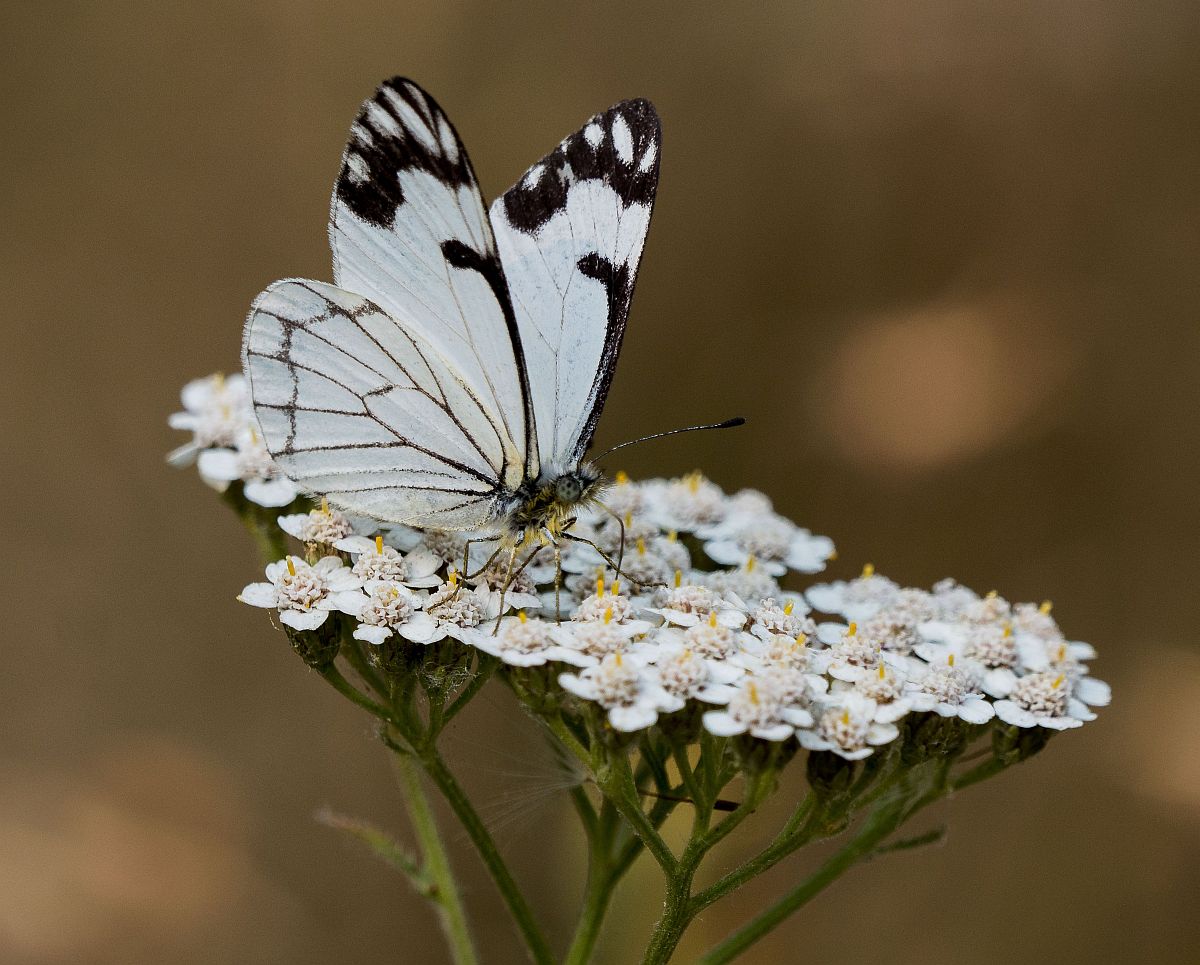2017 August 7 morning
Ten butterfly enthusiasts joined the VNHS monthly Butterfly Walk on Sunday August 6. Although butterfly activity is beginning to die down, we made a specific target for the outing, namely to try to find the Western Branded Skipper at Cordova (Saanichton) Spit. Success! We had good looks at three of these, which were “lifers” for several of our group. Jeff Gaskin and Aziza Cooper kept score of the butterflies we saw, namely:
At Mount Tolmie, before we took off:
1 Lorquin’s Admiral
2 Woodland Skippers
1 Cabbage White
Cordova Spit: 1 Lorquin’s Admiral
3 Cabbage Whites
c25 Woodland Skippers
3 Western Branded Skippers
1 Large Heath (“Ringlet”)
At Mount Tolmie, when we returned:
1 Western Tiger Swallowtail
1 West Coast Lady
Also seen at Cordova Spit was the day-flying moth Heliothis phloxiphaga
Here are some photographs of butterflies and other insects from the trip:

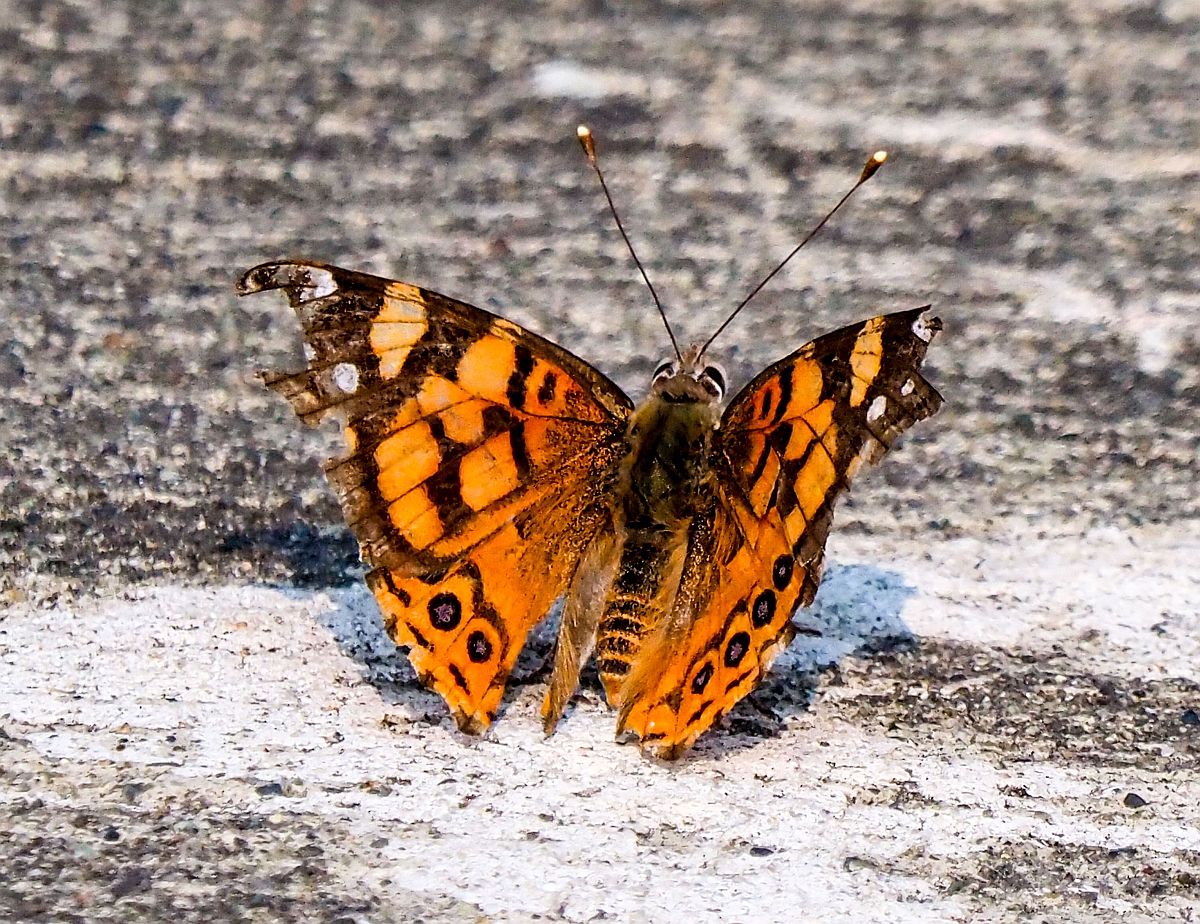
West Coast Lady Vanessa annabella (Lep.: Nymphalidae) Gordon Hart

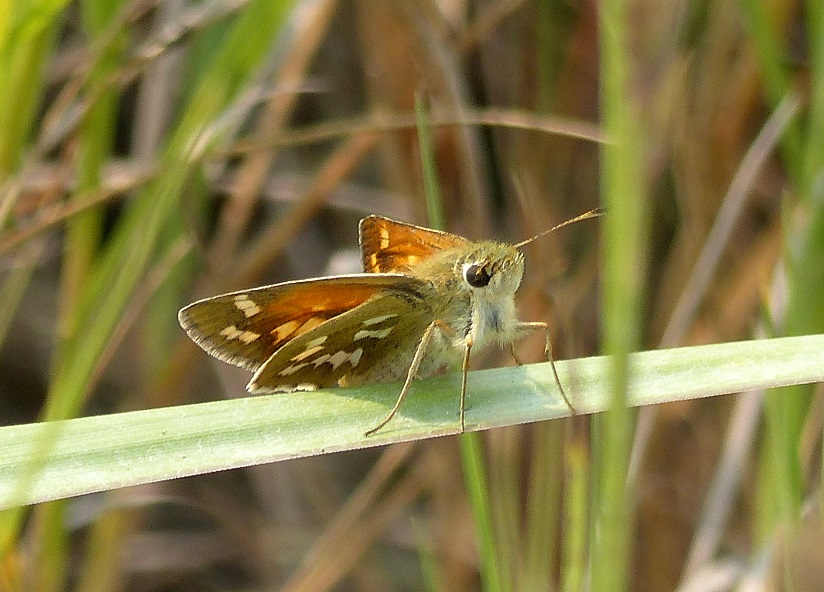
Western Branded Skipper Hesperia colorado (Lep.: Hesperiidae) Aziza Cooper

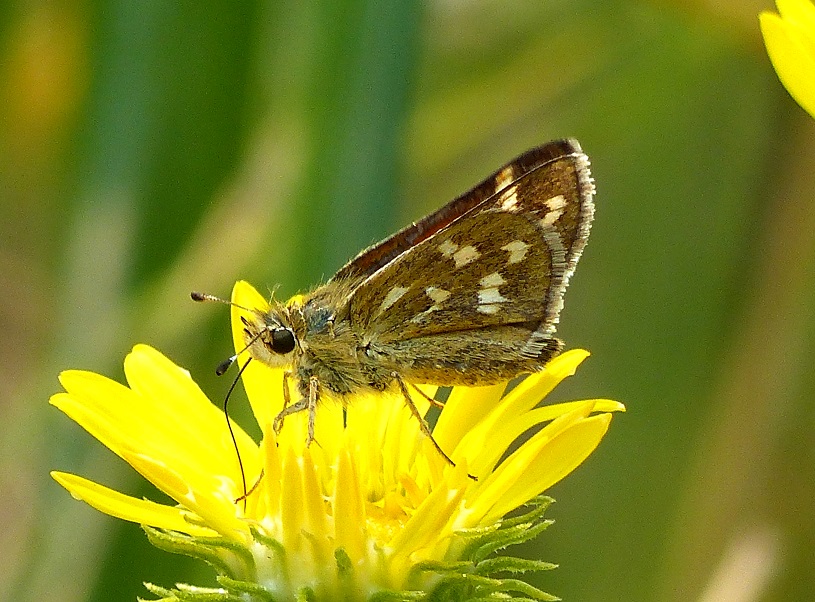
Western Branded Skipper Hesperia colorado (Lep.: Hesperiidae) Aziza Cooper

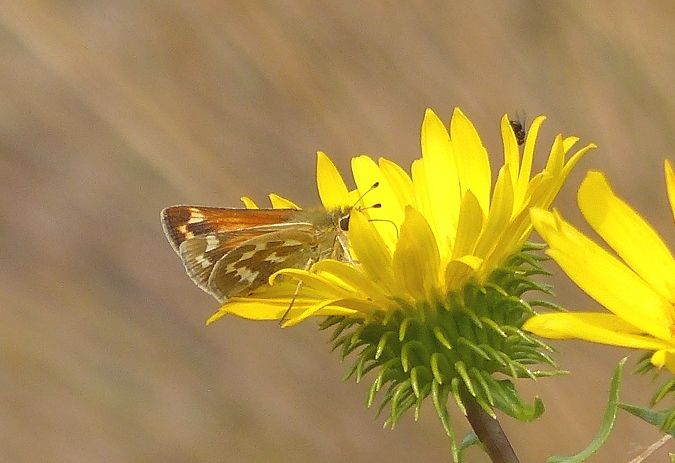
Western Branded Skipper Hesperia colorado (Lep.: Hesperiidae) Aziza Cooper

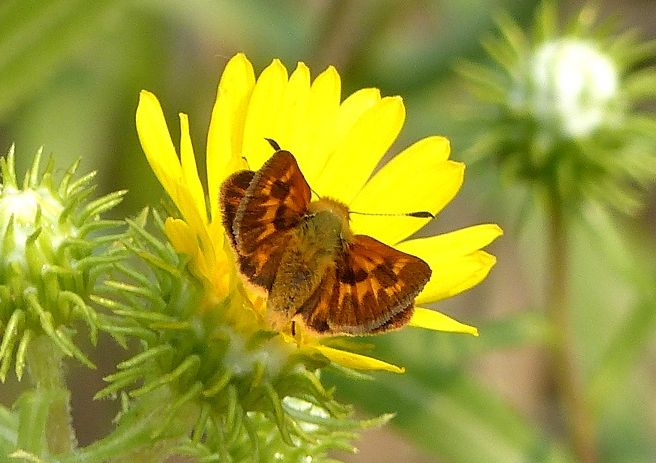
Woodland Skipper Ochlodes sylvanoides (Lep.: Hesperiidae) Aziza Cooper

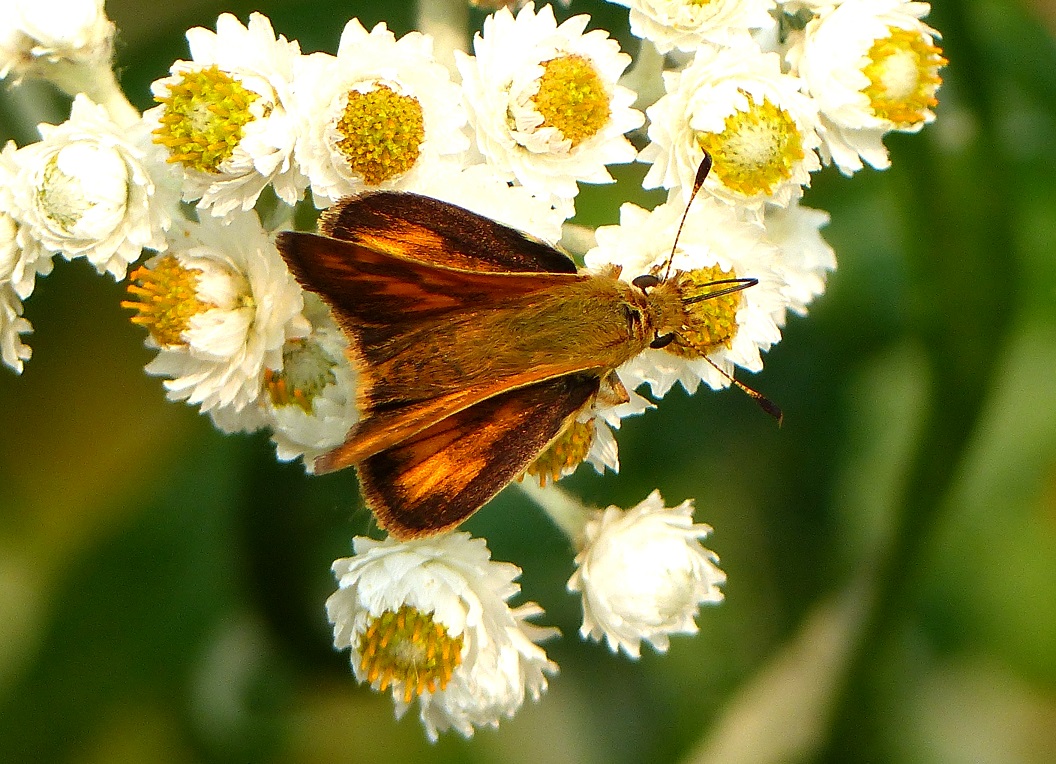
Woodland Skipper Ochlodes sylvanoides (Lep.: Hesperiidae) Aziza Cooper

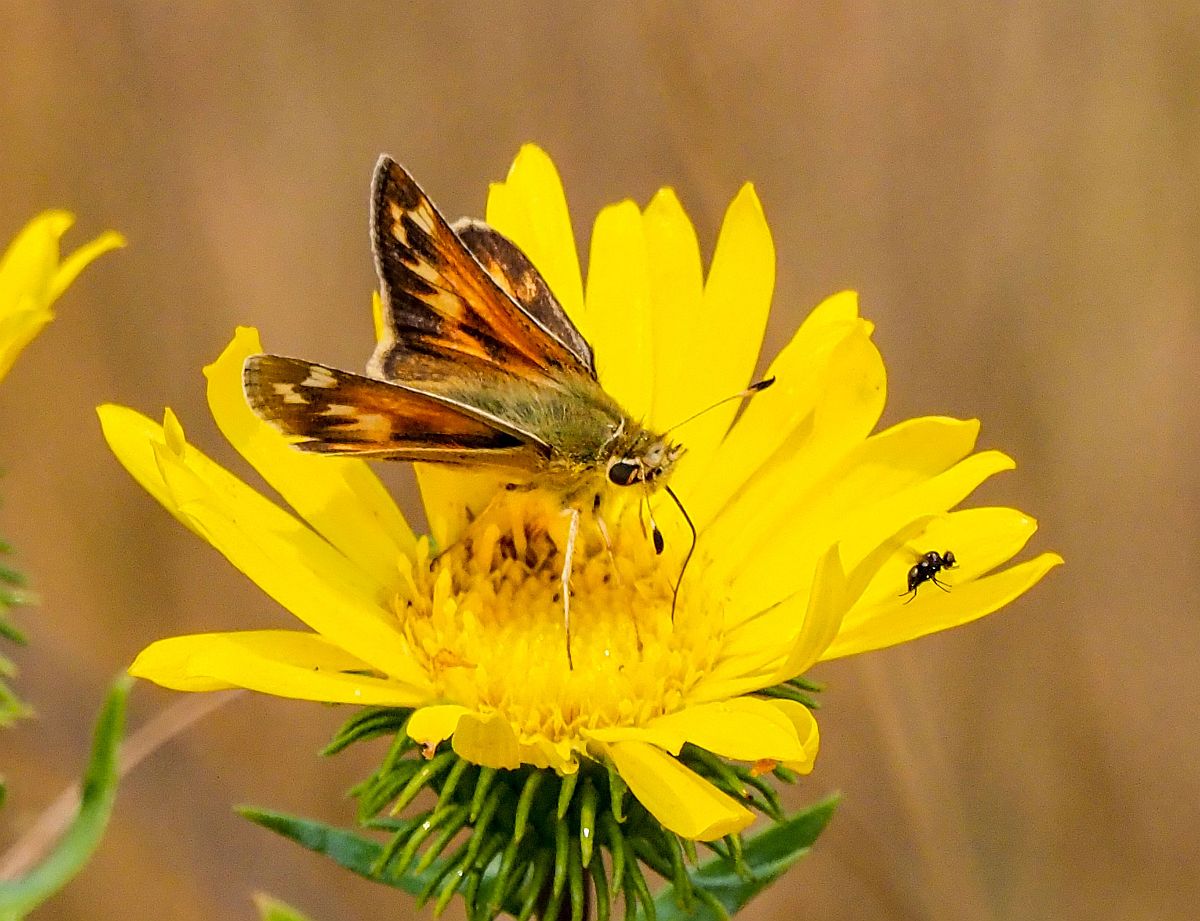
Western Branded Skipper Hesperia colorado (Lep.: Hesperiidae) Gordon Hart
(plus unidentified fly!)

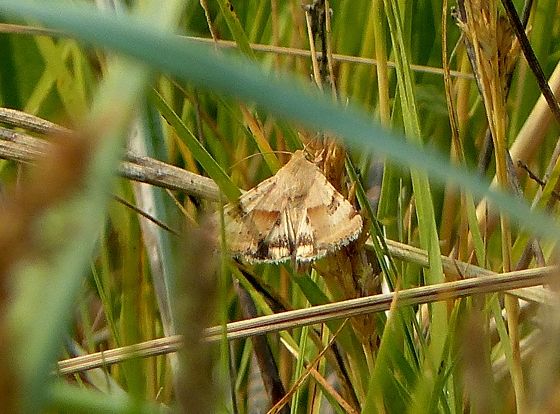
Heliothis phloxiphaga (Lep.: Noctuidae) Aziza Cooper

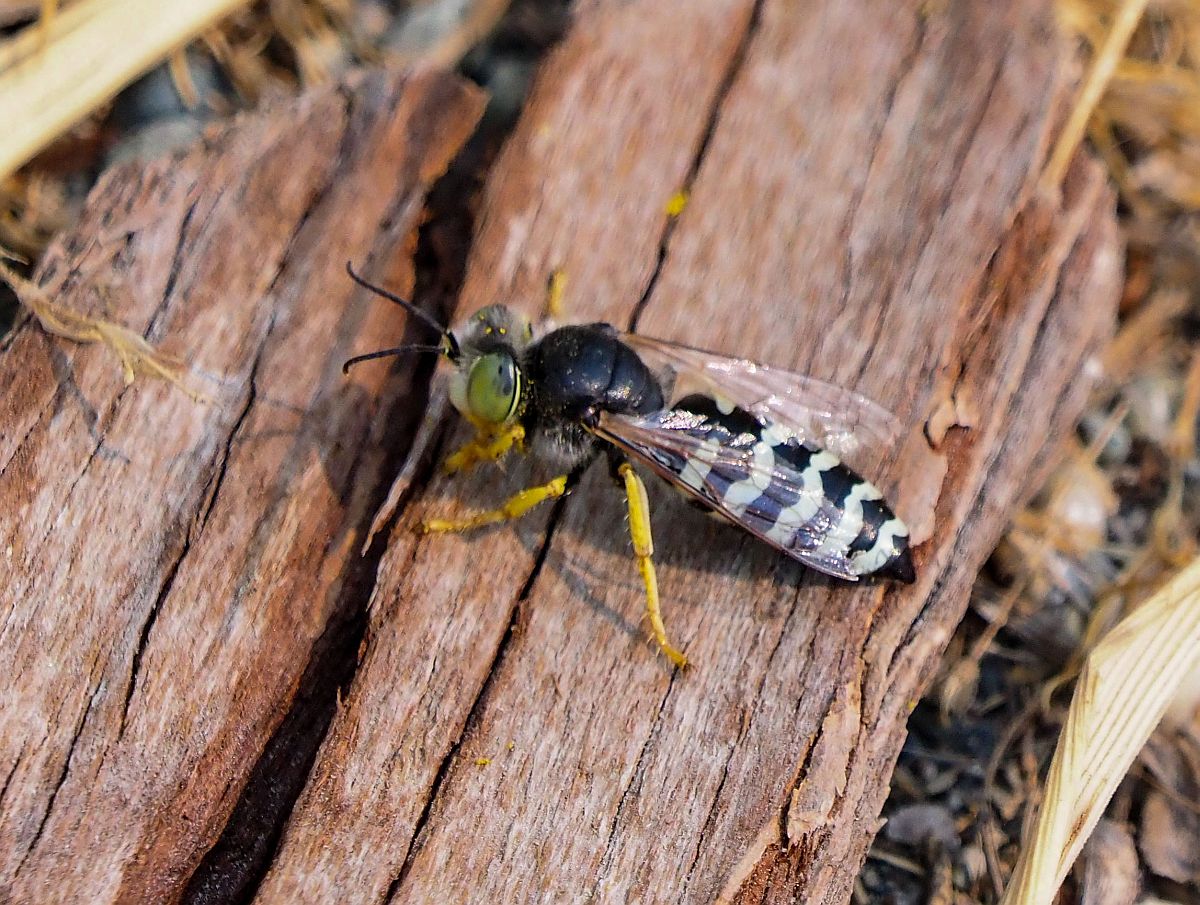
Sand wasp Bembix americana (Hym.: Crabronidae) Gordon Hart

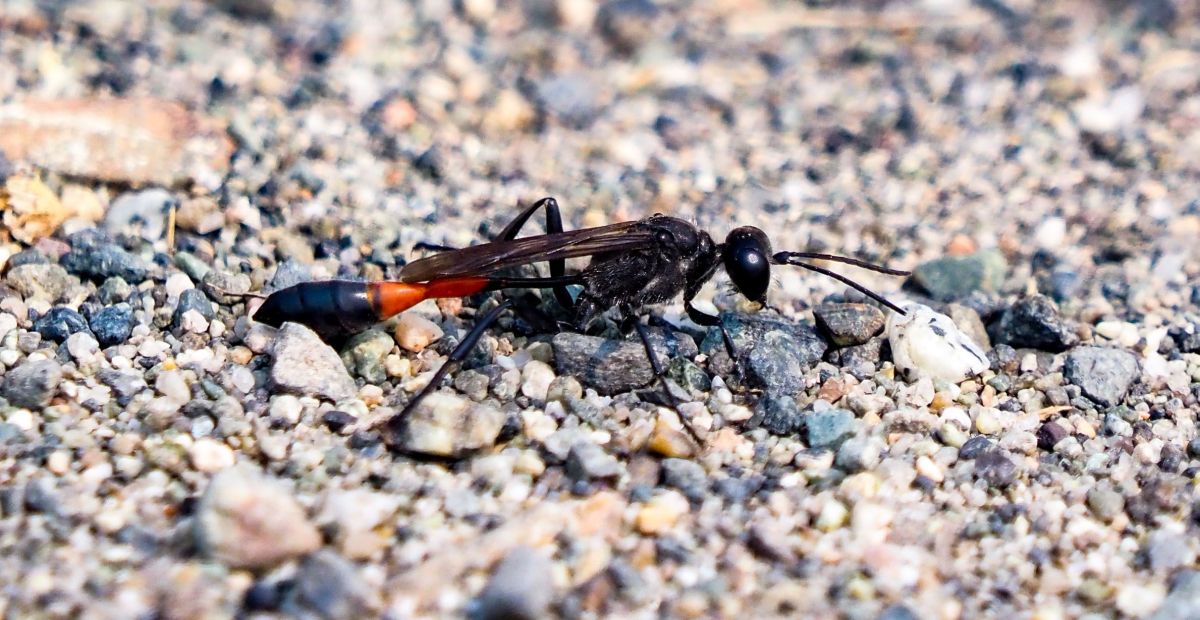
Hunting wasp Ammophila sp. (Hym.: Sphecidae) Gordon Hart

